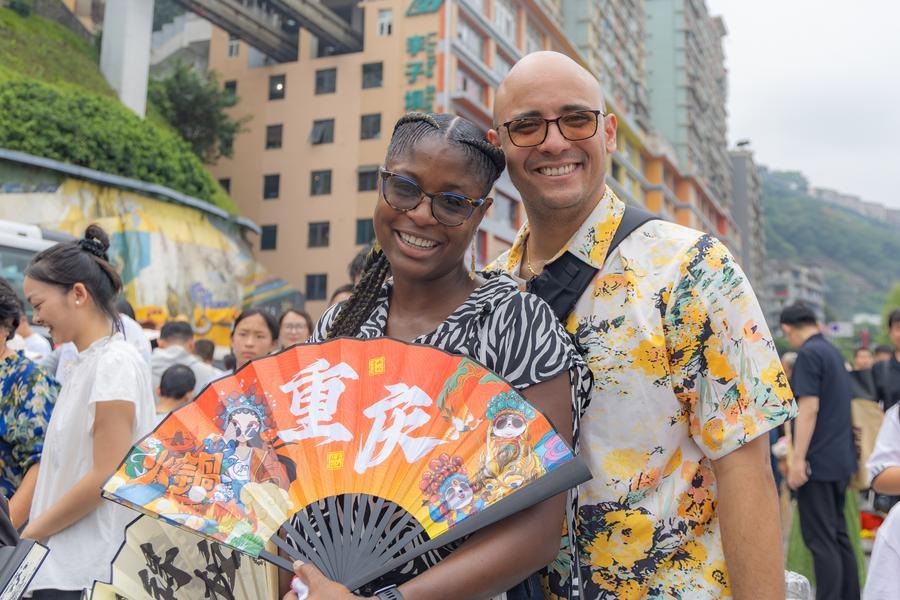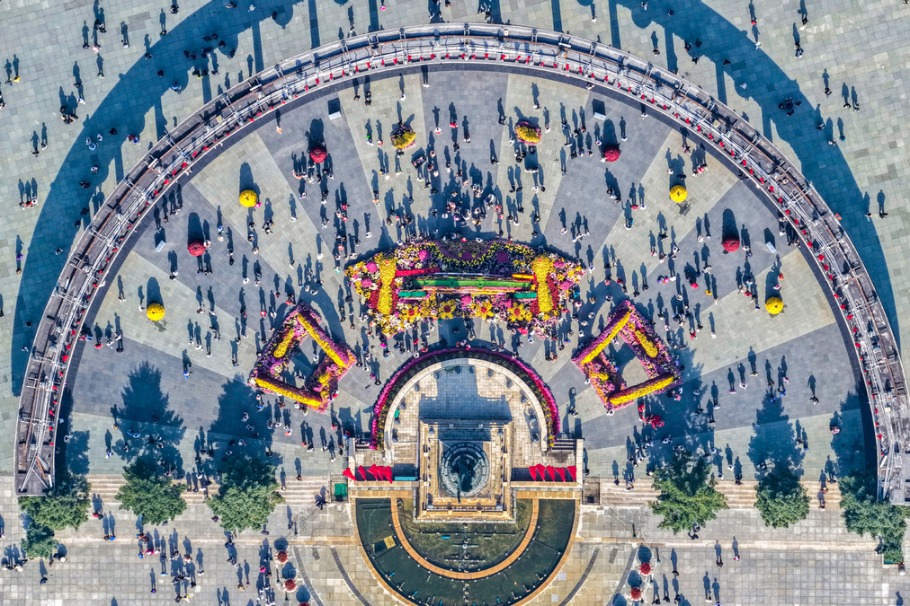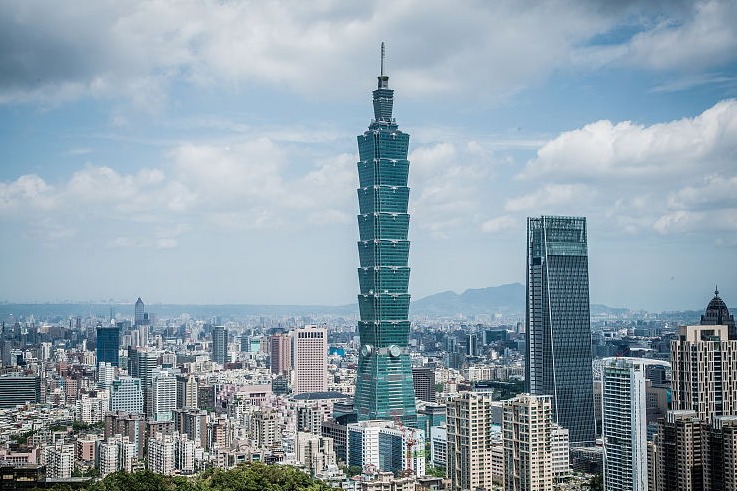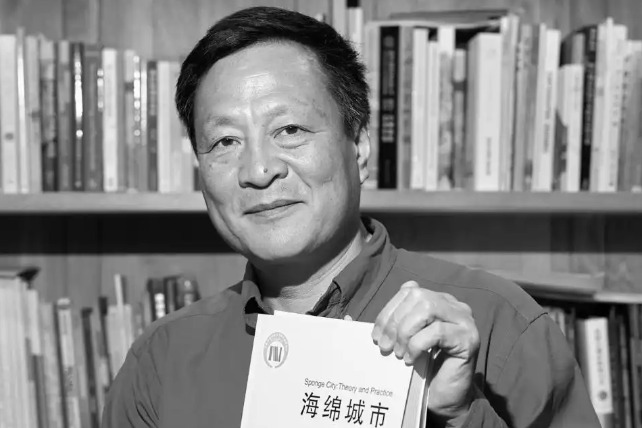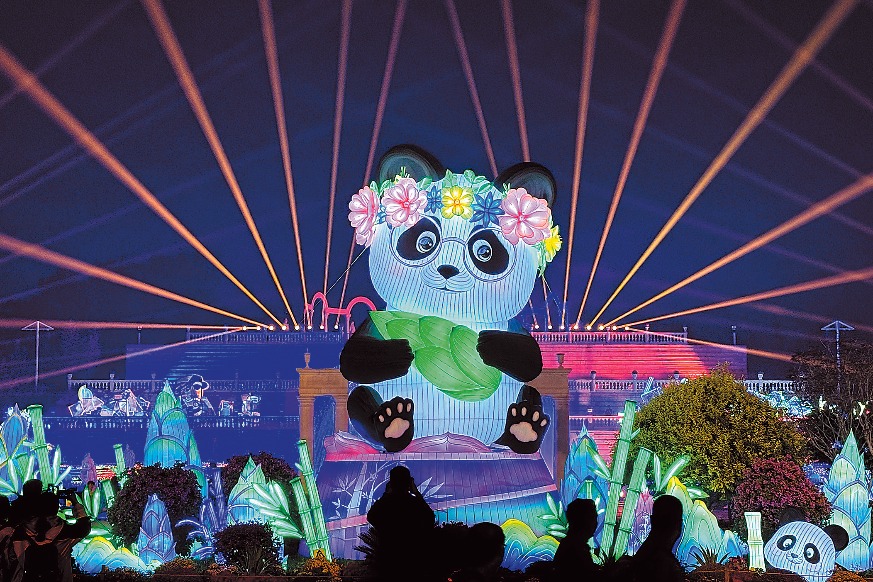In Beijing district, small shops please the eye

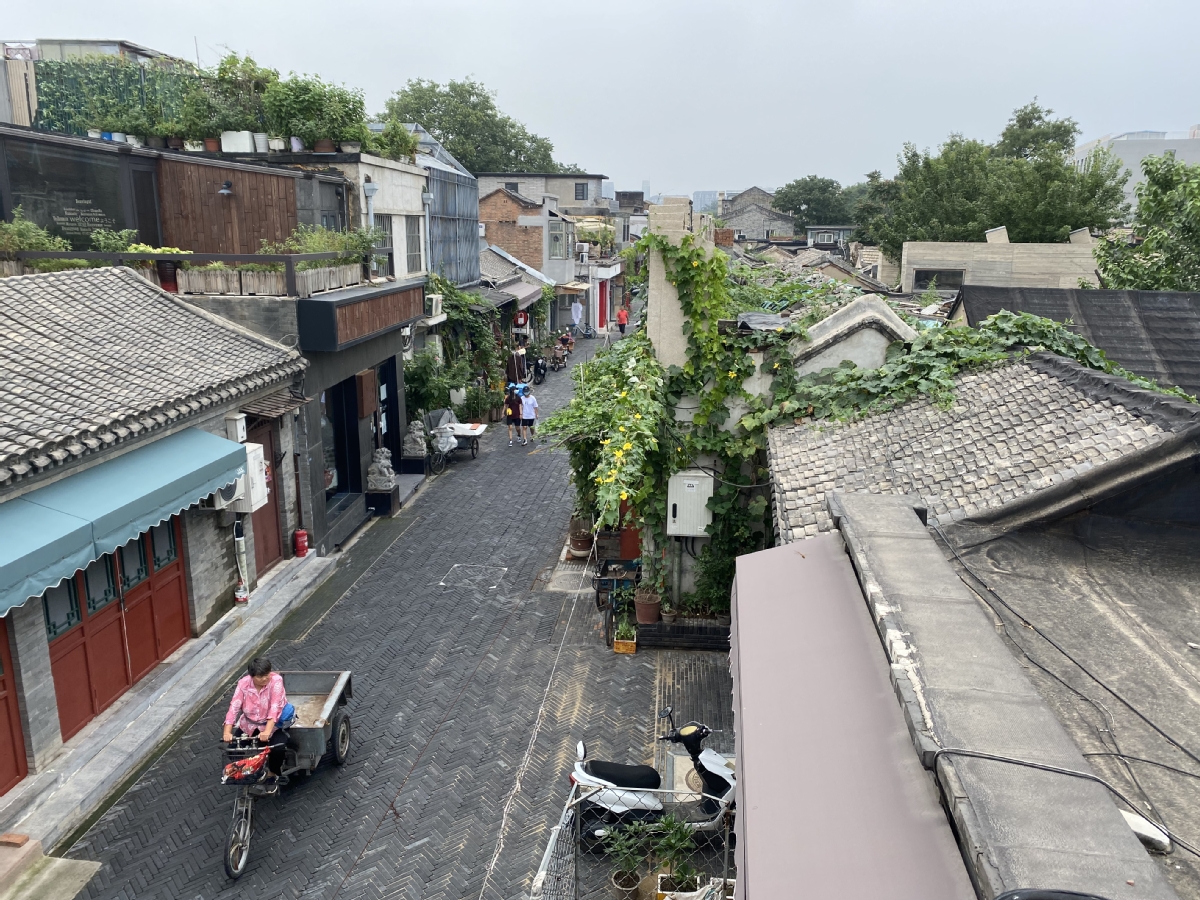
In Beijing's Xicheng district, a transformation of small shops has boosted local economic growth and created jobs — and customers are curious.
Yangmeizhuxiejie Street, which has a long history in Xicheng, has been changed into courtyards with many ancient stories from Qing Dynasty (1644-1911).
The municipal government upgraded the street in 2010 by introducing cultural and creative industries, making it a cultural block instead of a collection of low-end businesses, as it had long been.
On both sides of the 500-meter street, 15 small cultural shops, as well as some other boutique cafes, have attracted many young people. The floor space of each shop is usually less than 10 square meters.
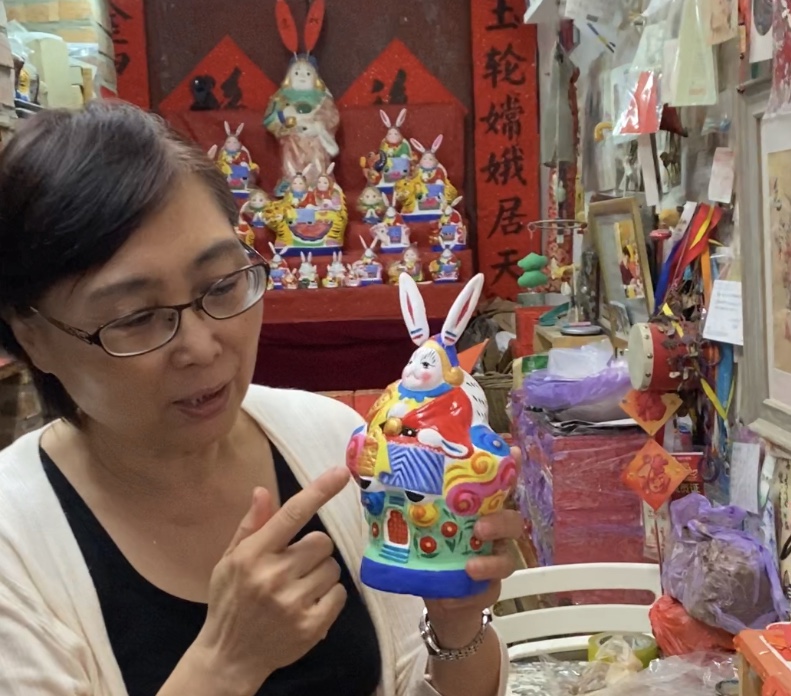
The government gives financial support in the form of reduced rent to the small businesses, in order to bring the narrow streets from low-end chaos to quiet beauty.
Under the plan, the shops will expand their businesses by making use of digital technology, such as online promotions on social media.
Zhang Zhongqiang, a traditional clay figurine artist who works at a shop on Yangmeizhuxiejie Street, has incorporated a modern rabbit motif into his clay figurines.
"This clay figurine is the traditional cultural mark of Beijing," he said. "I have a team of 10 people working in this shop. Even though it's pretty small, it has created jobs that help 10 families make a living."
- Vibrant China during holiday: 'China Travel' thrives
- China's National Day box office surpasses 1.1-billion-yuan mark
- Huizhou-style mooncakes carry forward time-honored tradition in Anhui
- Book published to highlight Chinese scientists' role in World Anti-Fascist War
- China activates emergency flood response as Typhoon Matmo brings heavy rainfall
- Chinese mountain city Chongqing becomes world's new must-see

















